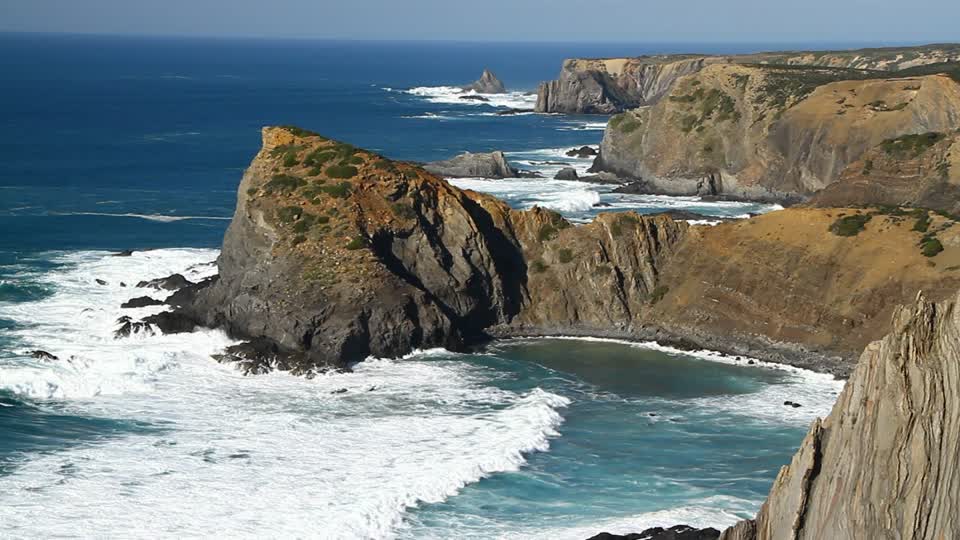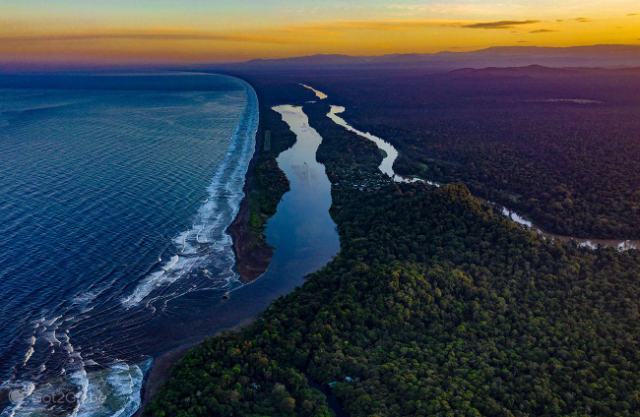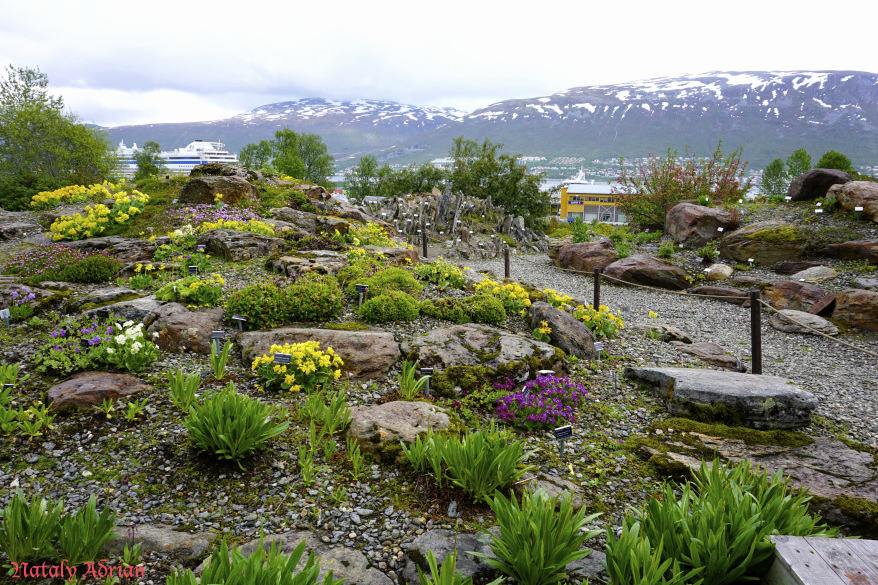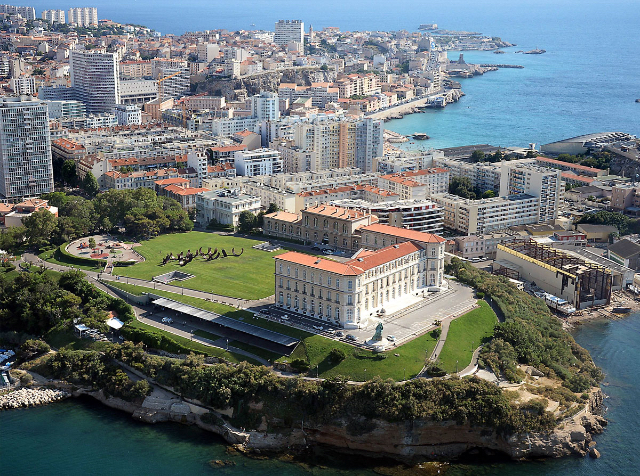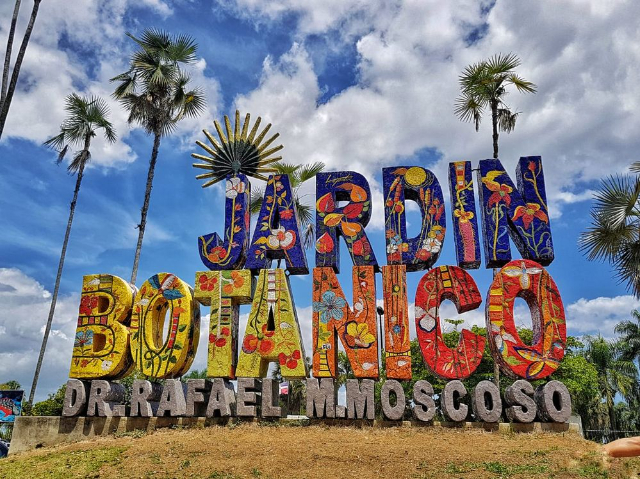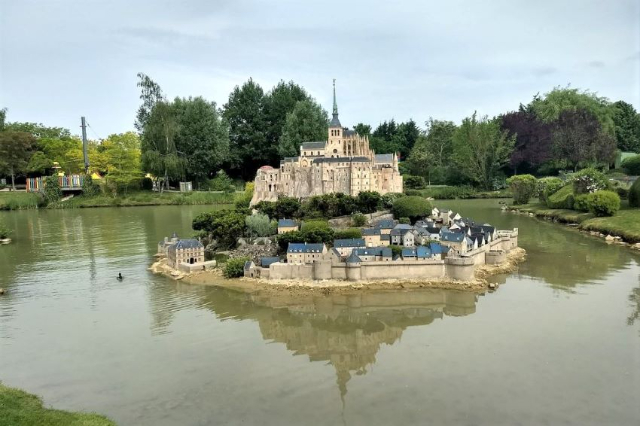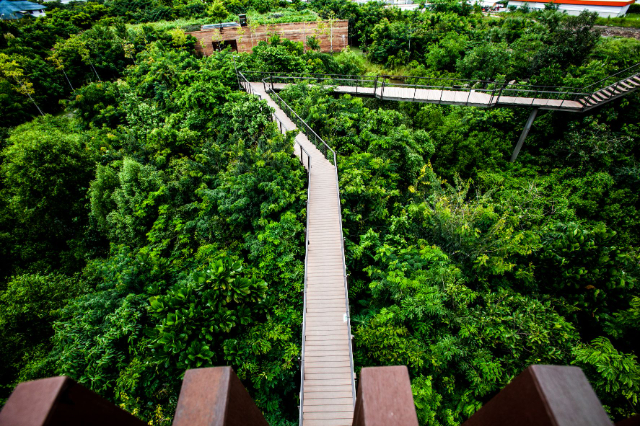The "Parque Natural do Sudoeste Alentejano e Costa Vicentina", which extends over 100 km of coastline, from Porto Covo, in Alentejo, to Burgau, in the Algarve, is the most preserved stretch of European coastline, with several unique species of fauna and flora, attracting many zoologists and botanists from all over the world.
The landscape is characterized by steep cliffs, represented in the symbol of the Park, to which erosion, over time, has given the most diverse shapes and colors.
Many species of birds are sighted here, such as the rare fisher eagles, although the most important is undoubtedly the white stork, which nests among the rocks in this place, unique in the world. Another rarity is represented by otters, which only here in Portugal (and in Europe) can be observed in a marine habitat. The flora, which includes most of the country’s most widespread species, also includes plants that only exist in the park, such as the Biscutella vicentina or the Plantago Almogravensis.
The beaches, particularly frequented by surfers, are among the best in the country. The variety is enormous, from the largest sandy shores to small coves narrowed between rocks and cliffs. Among them, we can mention Porto Covo, Malhão, Vila Nova de Milfontes, Almograve, Monte Clérigo, Arrifana and Praia do Amado. If you have enough energy and willingness to walk, as access to the beaches is not always easy, you can discover many more in a semi-wild state.
At the southwest end of the Park, we recommend a visit to the Cabo de São Vicente Lighthouse, from which the coast takes its name, and very close by, Punta de Sagres, where the famous Nautical School founded by Infante D. Henrique in the 15th century stood.
